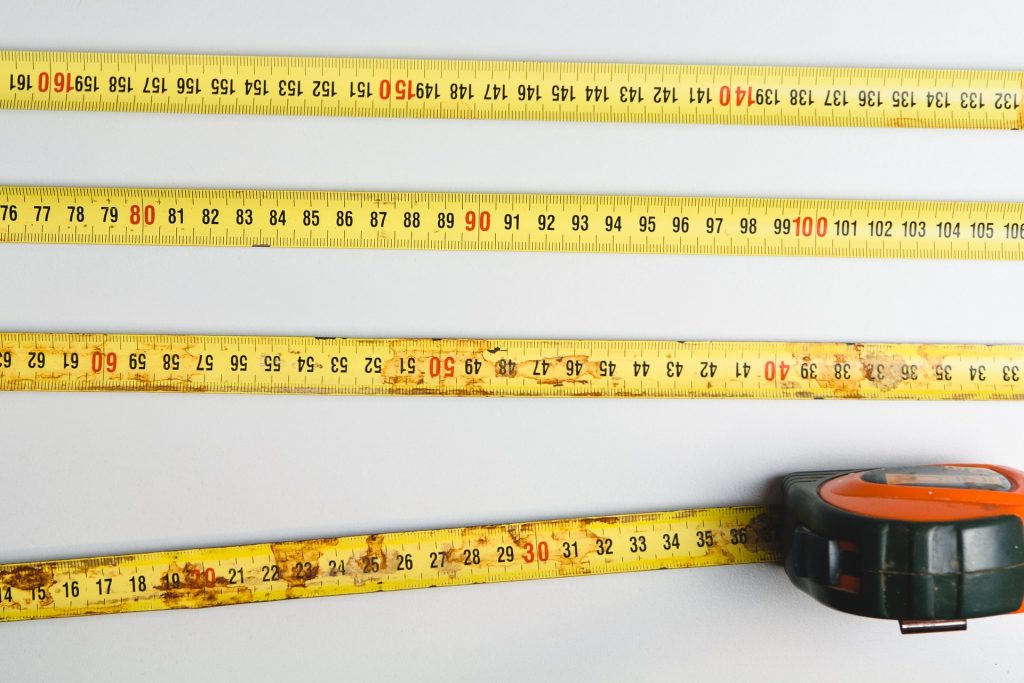
The creation of as-built documentation has undergone a dramatic transformation over the years, evolving from manual methods to cutting-edge technological advancements. Let’s explore the key differences and improvements brought about by modern technologies:
Traditional Methods: A Time-Consuming and Error-Prone Process
- Manual Surveys: In the past, as-built documentation relied heavily on manual surveying techniques, involving meticulous measurements and sketching. This process was time-consuming, prone to human error, and often resulted in inaccuracies.
- Manual Drafting: Once the field measurements were collected, draftsmen would create detailed drawings by hand. This was a labor-intensive process that could take weeks or even months to complete.
Modern Technologies: Efficiency, Accuracy, and Detail
- LiDAR Scanning: Laser scanning technology has revolutionized the way as-built documentation is created. By emitting laser pulses and measuring the time it takes for them to return, LiDAR scanners can capture incredibly precise and detailed data about the built environment.
- 3D Modeling Software: Advanced software tools can process LiDAR data to create highly accurate 3D models of buildings and infrastructure. These models provide a comprehensive and visual representation of the as-built conditions.
- Automation and Efficiency: Modern technologies have significantly improved the efficiency of as-built documentation. Automation tools can streamline data processing, reducing the time and effort required to create accurate models.
Key Advantages of Modern Technologies
- Accuracy: LiDAR scanning provides unparalleled accuracy and precision, ensuring that as-built documentation is reliable and trustworthy.
- Efficiency: Modern technologies significantly reduce the time and effort required to create as-built documentation, allowing for faster project turnaround times.
- Detail: LiDAR scanning captures vast amounts of data, providing detailed information about the built environment that was previously difficult or impossible to obtain.
- Visualization: 3D models offer a visual representation of the as-built conditions, making it easier to understand and communicate project details.
In conclusion, the evolution of as-built documentation has been marked by a shift from manual methods to advanced technologies. LiDAR scanning and 3D modeling have transformed the way we capture and analyze the built environment, leading to increased accuracy, efficiency, and detail in as-built documentation.
